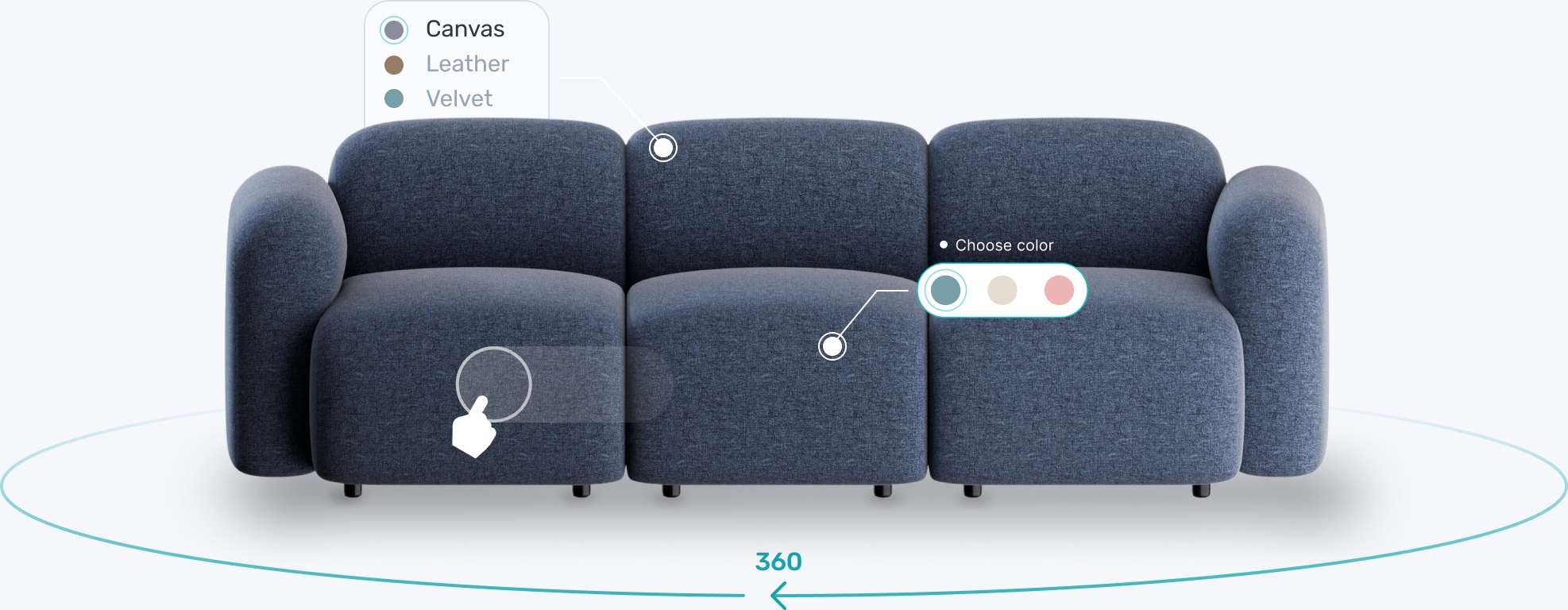Transform your eCommerce strategy with 3D & AR





3D modeling creates three-dimensional objects that can be customized in multiple ways. Common uses include online marketing, gaming, website design, and many other digital applications.
There are various ways to create custom 3D models, and all are available via CGTrader’s Marketplace. This quick introduction should help you navigate the marketplace and find exactly the right model type for your next project.
NURBS is a flexible form of modeling which uses curved elements known as splines. These splines combine to generate smooth, complex curves – the kind of shapes that can be found on automobiles or fabric garments.
NURBS is based around complex algorithms which bond the splines together. As a result, models tend to be more accurate than competing options. That’s why NURBS is commonly used in industrial and engineering settings.
NURBS also forms the basis for CAD modeling, which can generate both 3D models and 2D schematics. This is a handy feature for highly technical modeling tasks such as architecture or engineering. CAD is also the preferred modeling solution for 3D printing.
This 3D wine glass is a good example of the models created with NURBS.
Polygonal Modeling is the most common 3D creation method. In this technique, modelers create 3D shapes by combining a large number of flat sections known as polygons. These polygons are connected in a mesh design and can be reshaped and angled to create almost any form.
Polygonal 3D models are based around standard X, Y and Z coordinates. This information allows modelers to reshape the mesh as needed and makes a great option when experimenting with different forms.
Polygonal models can also have variable polygon counts. Low Poly models will generally be more basic, while High Poly models can approach realistic detail levels.
This toy car is a good example of Low Poly 3D modeling. On the other hand, this Ferrari 488 GTB demonstrates the power of High Poly alternatives.
Digital Sculpting replicates the process of creating physical sculptures from materials like clay. In this process, the starting point is usually a polygonal mesh that is automatically created by sculpting software.
This mesh allows modelers to manipulate shapes and curves. They can add fine details, smooth out flaws, and create a finished 3D model that precisely matches client expectations.
This method also allows modelers to add complex textures that mimic real world materials. This makes it a useful option for creating 3D models of human bodies. For instance, this German shepherd dog is a good example of what can be achieved.
3D model creation varies from project to project, and all of the major varieties are available via the CGTrader Marketplace. Check out our Marketplace for further examples or explore our knowledge base to find out more. With our help, you can create stunning 3D models for any project.




